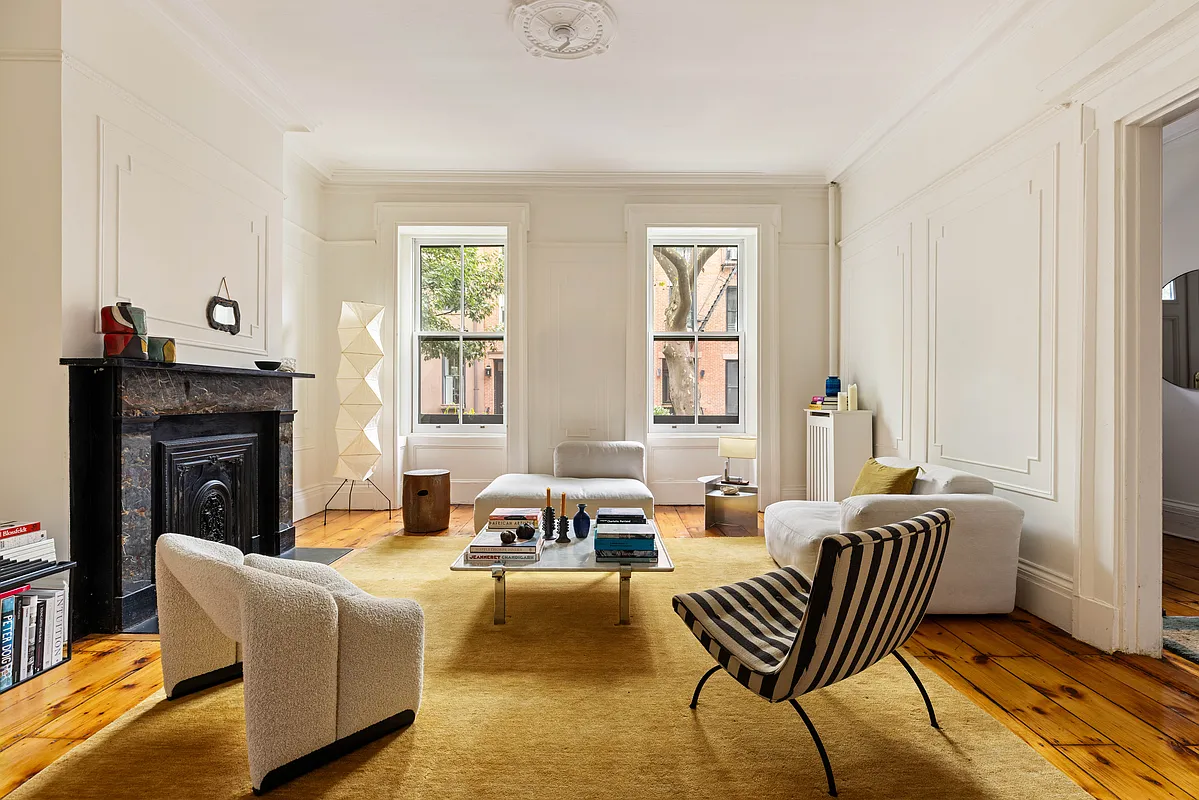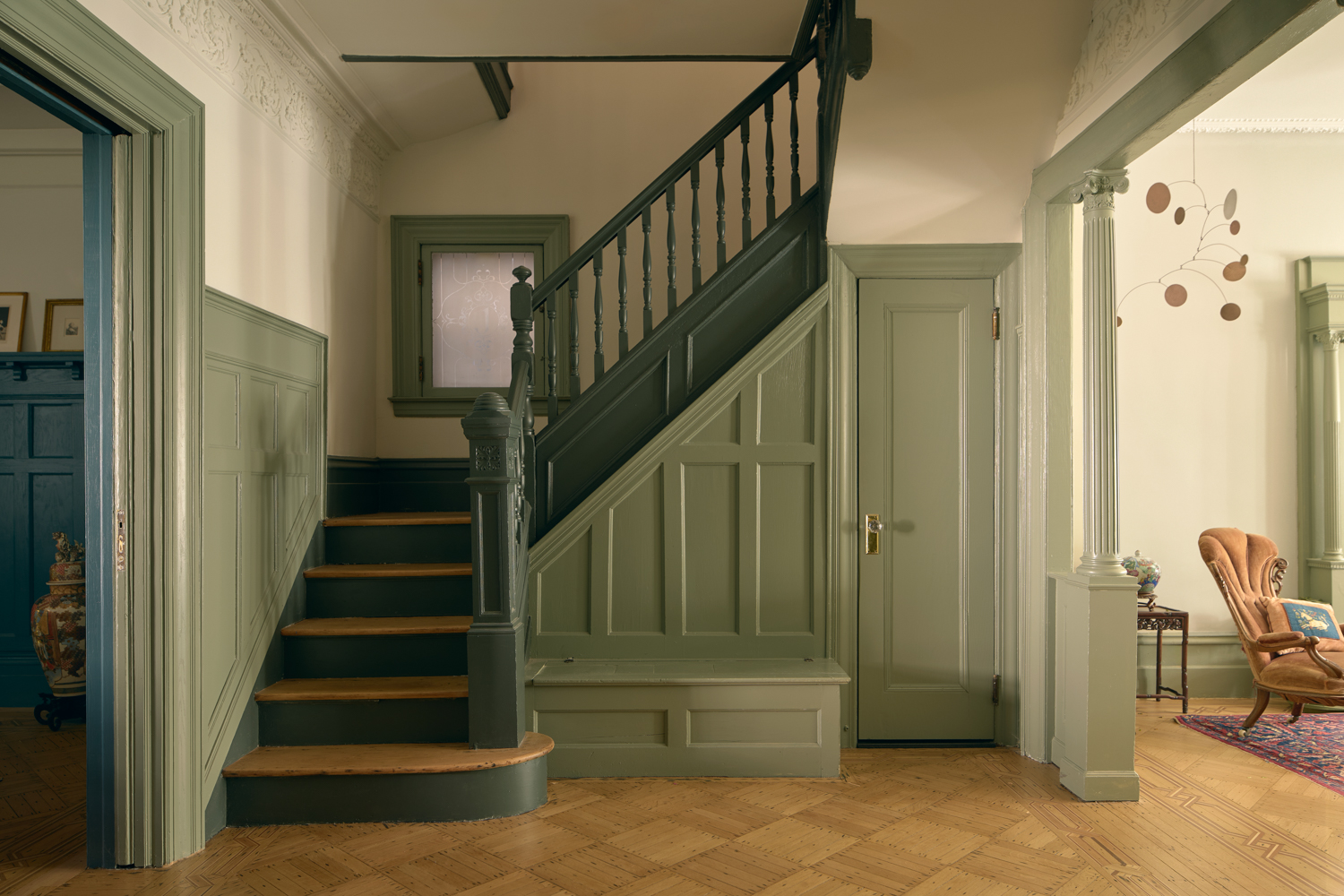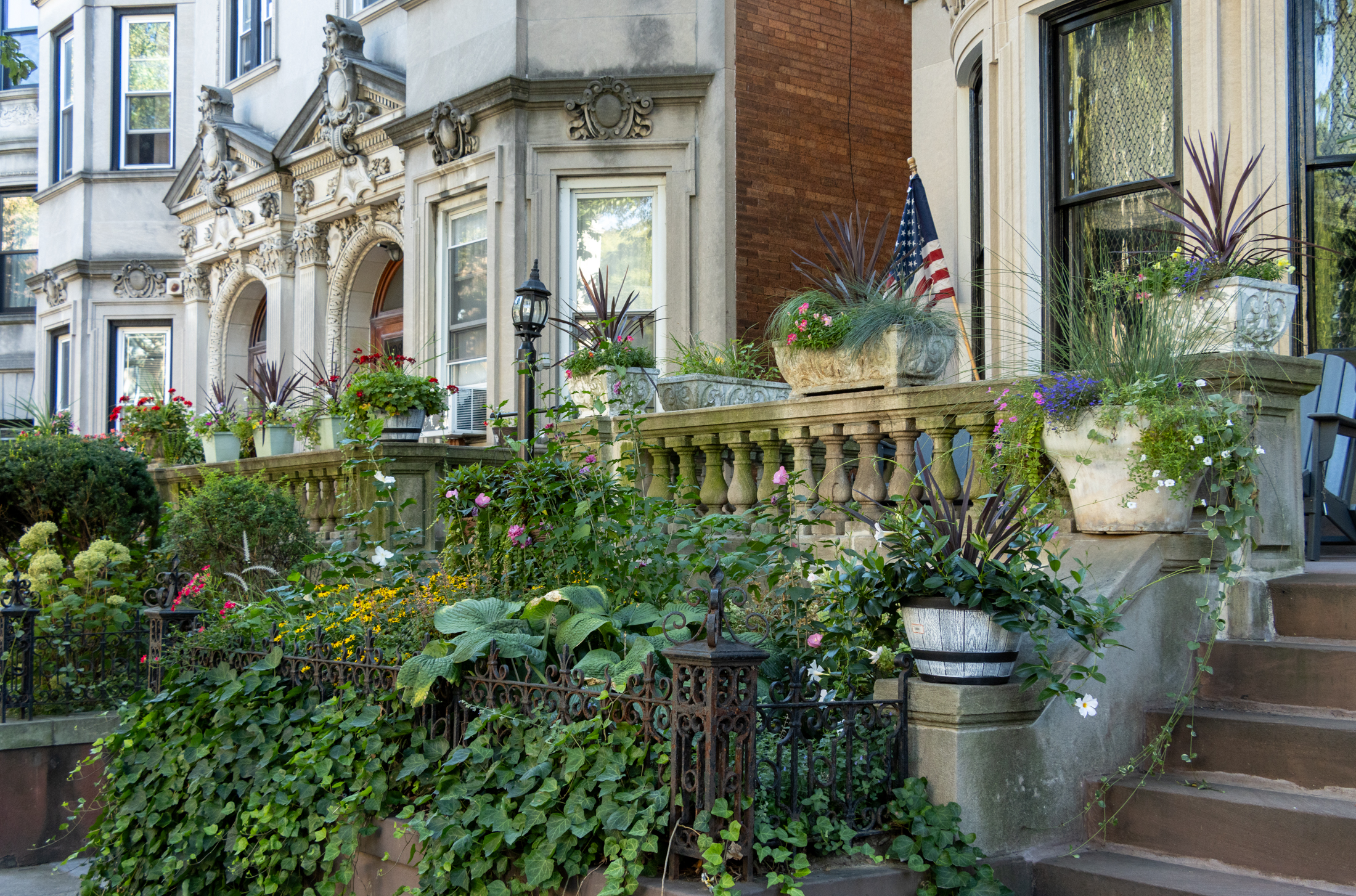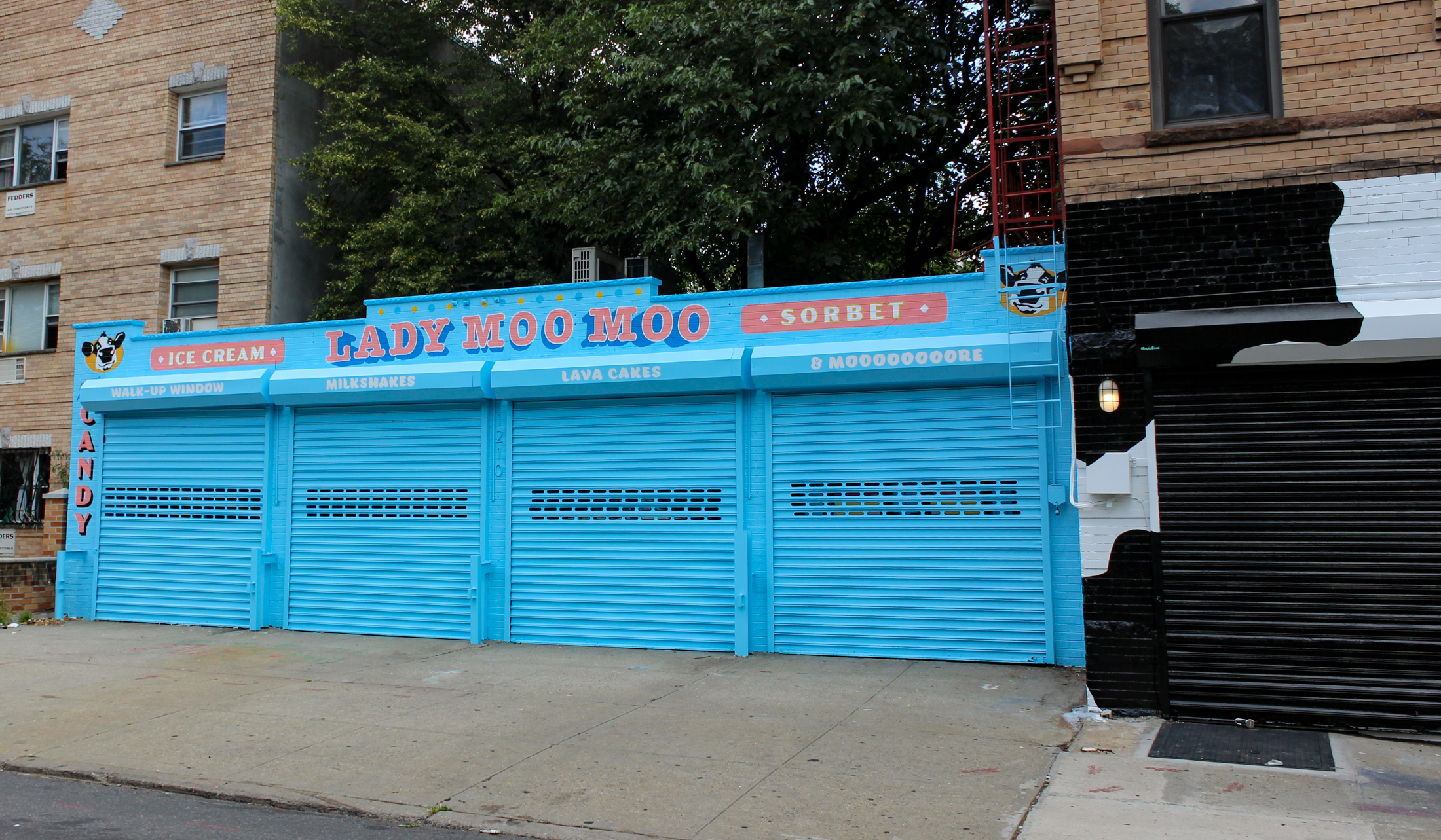Walkabout: Clash of the Titans, Part 2
(1905 postcard: CardCow) The 13th Regiment was getting a new armory. They had fought with honor in the Civil War, and were now one of the National Guard units charged with keeping the civil peace. Colonel David Austen, the commander of the 13th Regiment, was a decorated veteran. Nothing in the recent war prepared him,…


(1905 postcard: CardCow)
The 13th Regiment was getting a new armory. They had fought with honor in the Civil War, and were now one of the National Guard units charged with keeping the civil peace. Colonel David Austen, the commander of the 13th Regiment, was a decorated veteran. Nothing in the recent war prepared him, or Brooklyn, for the battle he would now wage. Rudolph Daus, the Mexico-born, Paris educated, well-connected son of wealthy German stock, was the architect, and the enemy, and he would prove be a worthy opponent in this clash of egos and wills called the Sumner Armory. Part 1 of this story was told here.
They didn’t like each other from day one. Although the contest to choose an architect and design was supposed to be blind, Colonel Austen wanted the designs of the team called Veteran, designed by William Mundell, the architect of the 47th Regiment armory in Williamsburg, and his partner Charles Werner, who was Austen’s quartermaster in the 13th. But he was outvoted, and Daus and his design were chosen. All of the top designs for the armory would have come in over the $300K allotment of funds. Daus’ design was over $100K over budget, and Austen latched onto that fact like a dog with a juicy bone. Daus needed to scale down, but he was unwilling to give up some of his design elements, features that the Colonel didn’t like, anyway. They fought. They argued publicly at meetings, and they traded barbs in the press. The Brooklyn Eagle saw this journalistic gift, and ran with it, publishing the letters between the two men, and reporting on the exchanges that took place at official meetings with the Mayor and the rest of the planning board. The plans were chosen in 1889. By 1891, they were still wrangling over details.
A meeting in January of 1891, covered by the Eagle, revealed the extent of the deadlock. Colonel Austen: I don’t think much of an architect who can’t work with the money allocated. I can find an architect who can do the job, besides which, I don’t like Daus’ plans anyway. Rudolph Daus: the Colonel wants a huge armory, and huge armories cost money. Austen: I have an architect who could be called in a minute. The Regiment will pay to have his plans vetted by the Architecture Dept. of the Brooklyn Institute, and he can build an armory that will come in under budget. We don’t need Daus. Daus: This is absurd, I’m going home. But by the next week, they seemed to have buried the hatchet, and not in each other. A press conference was held where both men praised the other, and vowed to get the project done. The reporter for the Eagle speculated that someone, probably the Mayor, had spoken to both of them, and told them they were both acting like petulant children, and that they were embarrassing themselves.
The groundbreaking for the armory took place on April 18th, 1891. The ceremony commenced with much pomp and circumstance, as the 13th marched from their old headquarters at Hanson Place all the way to Jefferson and Sumner, with pennants flying and the band playing. When they got to Jefferson, it was getting dark. Neither Colonel Austen, nor Rudolph Daus were in attendance, the groundbreaking was administered by the unit’s second in command, and the head contractor. After turning over a few sods, the crowds and the unit went home. Not a good sign. Also a long walk.
A couple of weeks later, Daus and Austen were at it again, this time over the depth of the foundations for the building. Daus contented that there were different kinds of soil across the huge expanse of the building (it is almost a block square), and because of unforeseen soft spots, there were places that the foundation needed to be deeper than others. This would cost more. Daus wanted the autonomy of doing what he needed to do, without having to report back on every minute detail. Austen fired back that Daus was already inflating the bill, and that he should have known where every soft spot was from the initial surveying, and this was just one more example of Daus’ incompetence. He was also livid that Daus had not chosen a cornerstone for the building, and that every public building had a cornerstone, why didn’t this one? Daus acquiesced, although he groused about trying to save the project the $150 for the stone, and a ceremony was planned to lay it. The mayor’s committee gave Daus a free hand to build the foundation as needed, making him site supervisor, an additional paying position. Austen howled.
The cornerstone ceremony was set for October 3, 1891. The bad karma on this project was attracting negativity from diverse corners. That September, the Eagle reported that there was a huge furor brewing over the cornerstone ceremony. The Catholic Church was strongly objecting to the participation of the Freemasons in the ceremony. Traditionally, in other public buildings in Brooklyn, the Masons, founded originally as a building guild in the Middle Ages, had participated by laying the cornerstone in an ancient Masonic rite. The Church did not want them to participate, and chose this particular building to press their issue. Spokesmen for the Church, both clergy and lay, said that the armory was a civic institution, and the participants in the ceremony should be city and military officials, not the Masons. They also went on to say that many of the soldiers in the regiment were Catholic, and would be offended, as would taxpayers, and that if the Masons were invited, no good Catholic would be able to participate. But, as powerful as Catholics were becoming in Brooklyn, they were not that powerful, and on October 3rd, the ceremony took place, without them.
It was held in full panoply, with the regiment marching again in full dress regalia from Flatbush to Sumner. At the ceremony, which was attended by a cadre of elected officials, including Mayor Chapin, military leadership, including Col. Austen, and other important people, including Rudolph Daus, almost every Masonic lodge in Brooklyn was represented. Their ceremony included burying a box that contained a list of all of the members of the regiment, a list of all of the Masonic organizations in Brooklyn, a copy of the Eagle 1891 Almanac, and all of the newspaper articles pertaining to the armory, with the controversies between Austen and Daus notably removed. The cornerstone was set with a silver trowel presented to the Masons by the regiment, and afterward, speeches were made, and a blessing and homily read by Rev. T. DeWitt Talmage, the regimental chaplain, and one of Brooklyn’s most popular preachers. Afterwards, the Sergeant-Major of the regiment led the men back downtown, while the bigwigs retired to the Union League Club in Grant Square, to party and listen to speeches.
The next day, the Brooklyn Eagle’s editorial page said, Now that the cornerstone of the 13th Regiment Armory has been firmly, safely, and triumphantly laid, it is not amiss to say that there is no good reason why such formal ceremonies, in connection with public buildings, should not be conducted by public officers, and no one else.
Next: Daus needs more money to finish the armory, a lot more. Austen complains, and takes to the press. In the meantime, the 23rd and 14th Regiments build their own armories, planning, building, and completing them while this armory just can’t seem to get finished. The public grows angry, commissions investigate, and the bickering and finger pointing continue, and a strike breaks out. Next time: the conclusion.





Those two men just did not like each other. The Colonel wanted to pick his own architect and felt wronged that a committee picked a dumb Mexican-born German who wasn’t even a veteran.
Poor Daus had to deal with a client as personal enemy. Fraught. No wonder most architects used to become alcoholics.
I can’t wait to read the rest!
I don’t understand the beef with the Masons. Didn’t they evolve out of the craftsmen who built the Gothic cathedrals?
MM great work